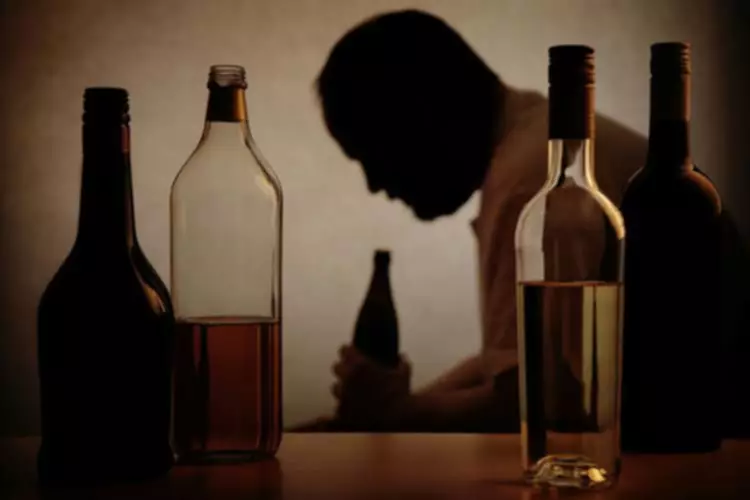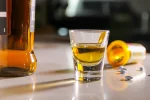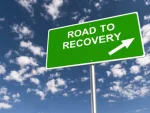What is Alcohol Abuse and How To Treat Alcoholism?

There are still many misconceptions surrounding the disease of alcoholism. Most people in the mainstream really have no idea what the disease of alcoholism is and what it entails.
What is Alcoholism?
Alcoholism researchers and medical professionals as early as 1784 talked about alcoholism as a disease, but it was not until 1933, shortly after prohibition in the United States, that alcoholism was recorded as an actual disease. So, what is alcoholism? Alcoholism is classified as a physical, emotional, spiritual, and social disease.
Alcoholism affects a person on a physical level. It actually attacks the reptilian brain the limbic system, which is our primitive brain that is responsible for our survival. It is the part of the brain that compels you to drink water, eat, and procreate. This means that alcohol attaches itself to that survival brain and it tells you that you cannot survive unless you consume alcohol.
On average, 10 years of drinking before you become an alcoholic is certainly not true for everyone. Some people are more committed and disciplined about their alcohol use and can become alcoholic very quickly.
What are the Causes of Alcoholism?
Addiction is both brain disease and learned behavior. People get to suffering from alcoholism by two paths. One path is that they have biology that lets them consume more alcohol. They have low sensitivity to adverse effects. They are able to tolerate large amounts of alcohol. This is inherited.
At the same time, all the behaviors around drinking are completely learned and reinforced. For example, if a person has a stroke and it affects the left side of the brain, they cannot speak and understand speech. There is not such an anatomic zone for any addictive disorder. There is no clear pattern from a deficit-based neurology thinking.
On the other hand, there are some clear areas. The relative activity of dopamine and serotonin in the nucleus accumbens plays a crucial part in the development of addiction. However, addiction does not have a single, simple, consistent set of things going on.
Thus, the cause of addiction is both biological and learned and it does not have to be one or the other. For example, even if we had a magic pill that instantly cured one of alcoholism, one would still have to learn how to do a lot of stuff, such as social interactions and ways to spend free time. At the same time, even if we had a perfect learning system, one would still have a biological substrate.


Take back control of your life and start on the road to recovery now.
Signs and Symptoms of Alcohol Use Disorder
Some of the signs and symptoms that someone’s alcohol use is progressing into a full-blown addiction to alcohol include:
- If the person is starting to drink a lot of alcohol and it is not showing much effectiveness and their tolerance is developing pretty dramatically.
- If the person has withdrawal symptoms. The individual might be shaky in the mornings and might start drinking early in the day, even in the morning, to prevent the withdrawal symptoms. They might also have nausea, vomiting, be really sweaty, and not be able to think clearly. After some alcohol, these symptoms go away and they look great.
- If alcohol use consequences start to show up in their families and their social life and they do not pay attention to them and keep on drinking instead. Their lives start to narrow, including their hobbies, interests, and friends, and get centered around the alcohol.
A medical examination can show various negative consequences of alcohol use, which affects almost every organ and many body functions.

Alcoholism Treatment
The treatment of alcoholism consists of three successive stages. Detoxification, rehabilitation and post-rehabilitation support are the three components of therapy, each of which is equally important and cannot be skipped.
- Detoxification
The removal of toxins and the removal of withdrawal symptoms is the first step to normalize metabolic processes in the patient’s body, improve sleep and mood. Detoxification measures are associated with the help of medical professionals and often medications to help the person deal with the withdrawal symptoms. The exception is mild cases when it is possible to use outpatient programs or organize a “hospital” at home.
Detoxification takes an average of three to five days. There are accelerated intensive programs that allow you to return to a healthy state in one to two days. They involve the intensive elimination of alcohol and its decay products.
- Rehabilitation
The removal of toxins does not eliminate addiction. Having eased the physiological state of the patient, one cannot stop – it is necessary to overcome the psychological craving for alcohol. This problem is solved with the help of outpatient or in-patient rehabilitation programs conducted in specialized centers or drug treatment clinics. The effectiveness of the inpatient and outpatient approaches is almost the same and depends on the chosen program, among which, as a rule, the cognitive-behavioral approach in combination with medical support shows the best results.
The patient receives psychotherapeutic support, medical correction of residual disorders, as well as involving relatives and even friends to help the individual improve the relationships. The rehabilitation period lasts an average of 6-12 months. During this time, the patient is faced with all situations that previously led to alcohol abuse under the supervision of specialists, often with the support of the rehab center community.
- Post-rehabilitation support
Once the person goes through the first two stages of treatment, it is important to have proper support afterward. An example of such support is a Sober House. This is a place where individuals can reinforce the lessons learned in rehabilitation centers and gradually learn a new way of life – a life without alcohol.
The fact that Sober Houses are alcohol and drug-free and a person lives with other recovering addicts who have gone through the same process and know exactly what one is feeling and going through. It gives them time to learn new skills necessary to cope with temptation and life pressure in a safe space. This support system greatly reduces the risks of repeat relapses.




